-
 Bitcoin
Bitcoin $117700
-1.00% -
 Ethereum
Ethereum $4458
-3.91% -
 XRP
XRP $3.119
0.14% -
 Tether USDt
Tether USDt $1.001
-0.02% -
 BNB
BNB $836.6
-1.56% -
 Solana
Solana $189.5
-3.90% -
 USDC
USDC $0.9998
-0.02% -
 Dogecoin
Dogecoin $0.2335
1.29% -
 Cardano
Cardano $0.9642
1.51% -
 TRON
TRON $0.3539
-1.19% -
 Hyperliquid
Hyperliquid $47.41
-1.84% -
 Chainlink
Chainlink $21.92
-3.28% -
 Stellar
Stellar $0.4286
-0.23% -
 Sui
Sui $3.724
-3.29% -
 Bitcoin Cash
Bitcoin Cash $594.8
-0.78% -
 Ethena USDe
Ethena USDe $1.001
0.04% -
 Hedera
Hedera $0.2501
-2.06% -
 Avalanche
Avalanche $23.96
-4.87% -
 Litecoin
Litecoin $119.0
-2.32% -
 Toncoin
Toncoin $3.473
0.82% -
 UNUS SED LEO
UNUS SED LEO $9.596
0.17% -
 Shiba Inu
Shiba Inu $0.00001301
-0.39% -
 Uniswap
Uniswap $11.03
-0.25% -
 Polkadot
Polkadot $3.935
-2.62% -
 Dai
Dai $1.000
0.01% -
 Bitget Token
Bitget Token $4.564
-1.76% -
 Cronos
Cronos $0.1512
-4.11% -
 Ethena
Ethena $0.7306
-1.09% -
 Pepe
Pepe $0.00001087
-2.68% -
 Aave
Aave $300.2
-4.00%
how to find my binance wallet address on app
Binance's app houses separate deposit and withdrawal addresses for each cryptocurrency; always verify addresses before transactions to avoid irreversible fund loss.
Mar 25, 2025 at 03:28 pm
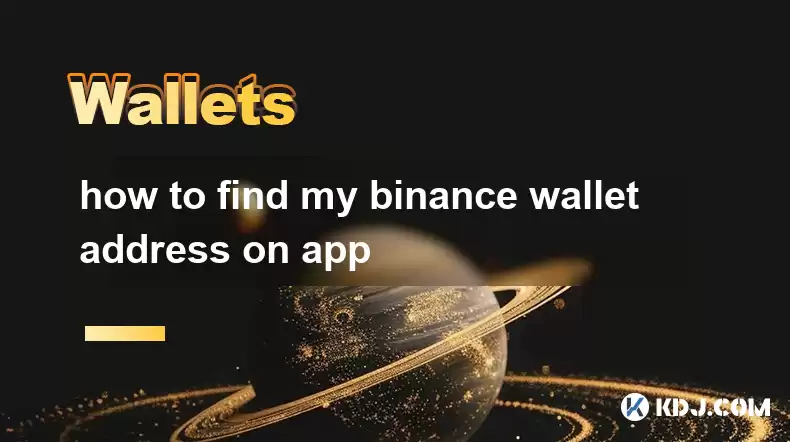
Key Points:
- Locating your Binance wallet address depends on the specific cryptocurrency you're using. Binance supports a multitude of cryptocurrencies, each with its own unique address.
- The process involves navigating the Binance app and selecting the appropriate cryptocurrency.
- Understanding the difference between deposit and withdrawal addresses is crucial to avoid errors.
- Security best practices, like verifying the address before sending funds, are paramount.
How to Find Your Binance Wallet Address on the App
Finding your Binance wallet address within the Binance app is straightforward, but the exact steps vary slightly depending on whether you're looking to deposit or withdraw funds, and which cryptocurrency you are using. Remember, each cryptocurrency has its own unique address. Sending funds to the wrong address can result in permanent loss of your assets.
Finding Your Deposit Address:
First, ensure you've logged into your Binance account using the app. The process differs depending on whether you are depositing cryptocurrency or fiat currency. For cryptocurrency deposits, you generally need to find the specific cryptocurrency you wish to deposit.
- Open the Binance app and navigate to the "Wallet" section. This is usually found at the bottom navigation bar.
- Select "Spot Wallet" or a similar option. The exact wording might vary slightly depending on app updates.
- Locate the cryptocurrency you intend to deposit. You might need to use the search function.
- Once you've selected the cryptocurrency, you should see a button or option related to "Deposit." Clicking this will display your deposit address. This is the address you'll provide to the sender. Always double-check this address for accuracy before sharing it.
Finding Your Withdrawal Address (Your own Binance address):
This process is slightly different. You're not receiving funds; you're sending them. The address you see will be the address from which you are sending. It's still crucial to verify addresses before initiating any transactions.
- Navigate to the "Wallet" section of the app, as described above.
- Select the cryptocurrency you wish to withdraw.
- Instead of looking for a "Deposit" option, look for a "Withdraw" button.
- Once you initiate a withdrawal, you'll be asked to provide the recipient's address (external address) or select an existing one from your wallet. The address shown to you on this screen is your Binance address. You will use this address to send funds to another exchange, your personal wallet or other recipient.
Understanding the Difference: Deposit vs. Withdrawal Addresses
A common point of confusion lies in differentiating between deposit and withdrawal addresses. Your Binance deposit address is the address others use to send funds to your Binance account. Your Binance withdrawal address is the address from which you send funds from your Binance account. They are different, and using the wrong one can lead to irreversible loss of your funds.
Security Best Practices
Security is paramount when dealing with cryptocurrencies. Always double-check the address before sending or receiving funds. A single misplaced digit can mean the difference between a successful transaction and permanent loss of assets.
- Verify the address: Carefully compare the address you're using with the address provided by the recipient or displayed on your screen multiple times.
- Use a reputable exchange: Stick to established and trustworthy exchanges like Binance to minimize risks associated with scams or security breaches.
- Enable two-factor authentication (2FA): This adds an extra layer of security to your account, making it significantly harder for unauthorized individuals to access your funds.
- Regularly review your transaction history: Keep track of your deposits and withdrawals to ensure everything is in order.
- Be wary of phishing scams: Never click on suspicious links or provide your login credentials to anyone.
Frequently Asked Questions (FAQs)
Q: What if I can't find my wallet address?
A: Ensure you're logged into your Binance account. Check the app's version for any updates that might have changed the user interface. If you still have trouble, contact Binance support.
Q: Can I have multiple wallet addresses for the same cryptocurrency?
A: No, each cryptocurrency on Binance has one deposit address associated with your account. However, you can withdraw to multiple external addresses.
Q: What happens if I send funds to the wrong address?
A: Funds sent to the wrong address are generally irretrievable. Always double and triple check the address before confirming any transaction.
Q: Is my Binance wallet address the same for all cryptocurrencies?
A: No, each cryptocurrency (BTC, ETH, XRP, etc.) has its own unique deposit address within your Binance account.
Q: How do I find my Binance address for a specific cryptocurrency?
A: Navigate to your Binance wallet, select the specific cryptocurrency, and look for the deposit or withdrawal options as detailed in the steps above. The address displayed will be unique to that cryptocurrency.
Q: Why is it important to verify the address before sending funds?
A: Sending funds to the wrong address is irreversible and results in the permanent loss of your cryptocurrency. Verification prevents this critical error.
Disclaimer:info@kdj.com
The information provided is not trading advice. kdj.com does not assume any responsibility for any investments made based on the information provided in this article. Cryptocurrencies are highly volatile and it is highly recommended that you invest with caution after thorough research!
If you believe that the content used on this website infringes your copyright, please contact us immediately (info@kdj.com) and we will delete it promptly.
- Kazakhstan's Crypto Leap: Bitcoin ETF and Central Asia's Digital Finance Future
- 2025-08-13 12:45:19
- BlockDAG Presale Blazes Past $371M: Fundraising Frenzy Fuels Crypto Sensation
- 2025-08-13 13:05:21
- Meme Coins: Chasing the 2025 Surge – Which Will Moonshot?
- 2025-08-13 10:25:23
- Bitcoin's Wild Ride: Rally, Pullback, and What's Next
- 2025-08-13 10:25:23
- Bitcoin, Bitmax, and Institutional Demand: A New Era of Crypto Investment
- 2025-08-13 10:45:12
- Solana, ROAM, and Airdrops: What's the Buzz in 2025?
- 2025-08-13 11:35:13
Related knowledge
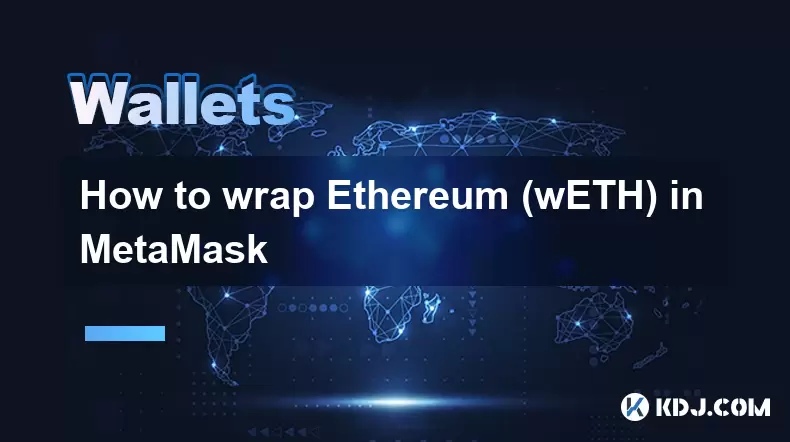
How to wrap Ethereum (wETH) in MetaMask
Aug 13,2025 at 11:36am
Understanding Wrapped Ethereum (wETH)Wrapped Ethereum (wETH) is a tokenized version of native Ethereum (ETH) that conforms to the ERC-20 standard, ena...

How to manage your portfolio in Exodus wallet
Aug 08,2025 at 10:07pm
Understanding the Exodus Wallet InterfaceThe Exodus wallet is a non-custodial cryptocurrency wallet that supports a wide range of digital assets. When...
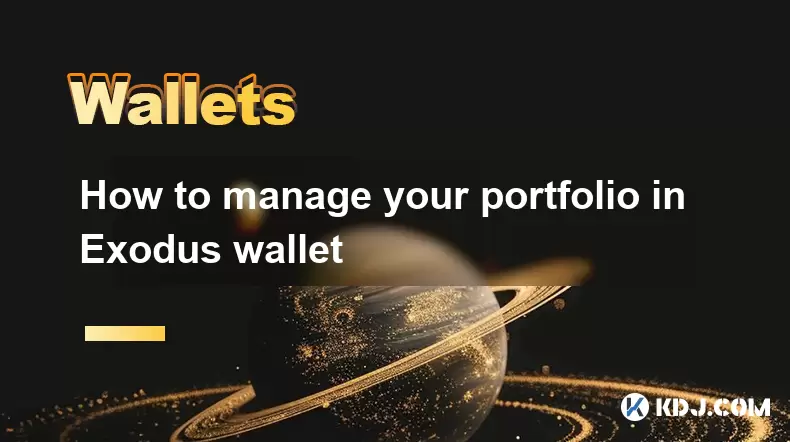
How to manage your portfolio in Exodus wallet
Aug 13,2025 at 11:35am
Understanding the Exodus Wallet InterfaceThe Exodus wallet is a non-custodial cryptocurrency wallet that supports a wide range of digital assets. Upon...

How to reset your MetaMask password
Aug 08,2025 at 01:28pm
Understanding the MetaMask Password Reset ProcessMany users confuse the MetaMask password with the seed phrase or private key, but they serve differen...
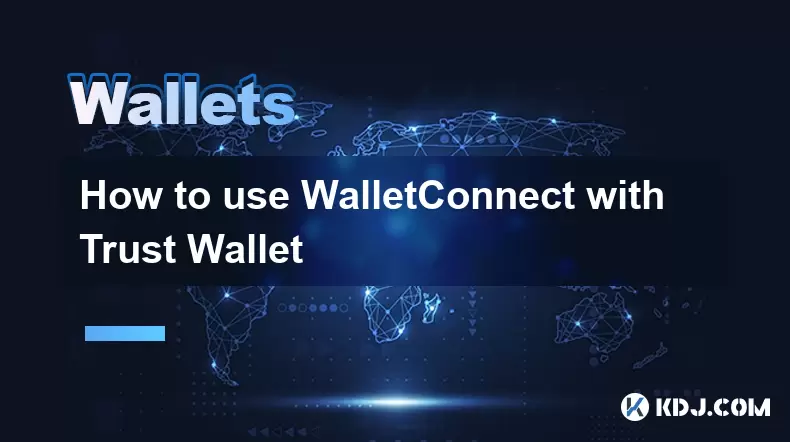
How to use WalletConnect with Trust Wallet
Aug 13,2025 at 01:07am
What Is WalletConnect and Why It Matters for Trust Wallet UsersWalletConnect is an open-source protocol that enables secure communication between dece...
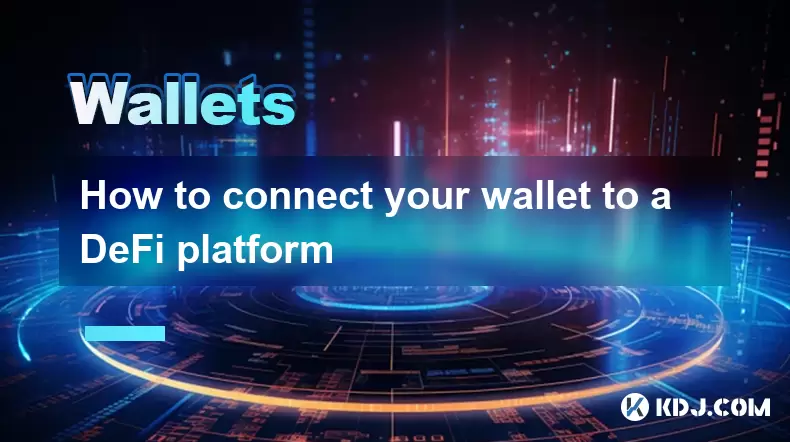
How to connect your wallet to a DeFi platform
Aug 13,2025 at 11:36am
Understanding Wallet Compatibility with DeFi PlatformsBefore connecting your wallet to any DeFi platform, it's essential to ensure your wallet is comp...

How to wrap Ethereum (wETH) in MetaMask
Aug 13,2025 at 11:36am
Understanding Wrapped Ethereum (wETH)Wrapped Ethereum (wETH) is a tokenized version of native Ethereum (ETH) that conforms to the ERC-20 standard, ena...

How to manage your portfolio in Exodus wallet
Aug 08,2025 at 10:07pm
Understanding the Exodus Wallet InterfaceThe Exodus wallet is a non-custodial cryptocurrency wallet that supports a wide range of digital assets. When...

How to manage your portfolio in Exodus wallet
Aug 13,2025 at 11:35am
Understanding the Exodus Wallet InterfaceThe Exodus wallet is a non-custodial cryptocurrency wallet that supports a wide range of digital assets. Upon...

How to reset your MetaMask password
Aug 08,2025 at 01:28pm
Understanding the MetaMask Password Reset ProcessMany users confuse the MetaMask password with the seed phrase or private key, but they serve differen...

How to use WalletConnect with Trust Wallet
Aug 13,2025 at 01:07am
What Is WalletConnect and Why It Matters for Trust Wallet UsersWalletConnect is an open-source protocol that enables secure communication between dece...

How to connect your wallet to a DeFi platform
Aug 13,2025 at 11:36am
Understanding Wallet Compatibility with DeFi PlatformsBefore connecting your wallet to any DeFi platform, it's essential to ensure your wallet is comp...
See all articles

























































































